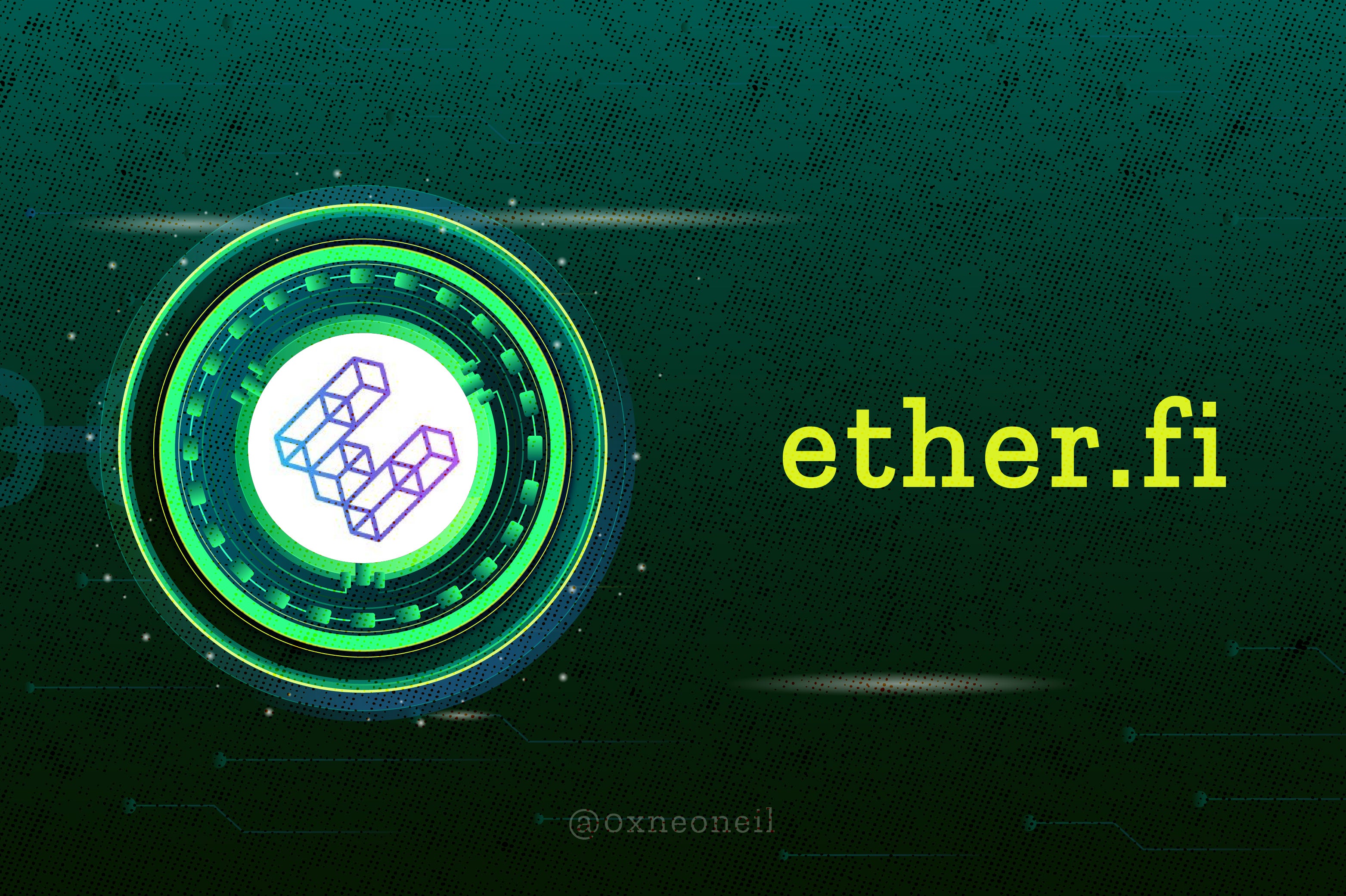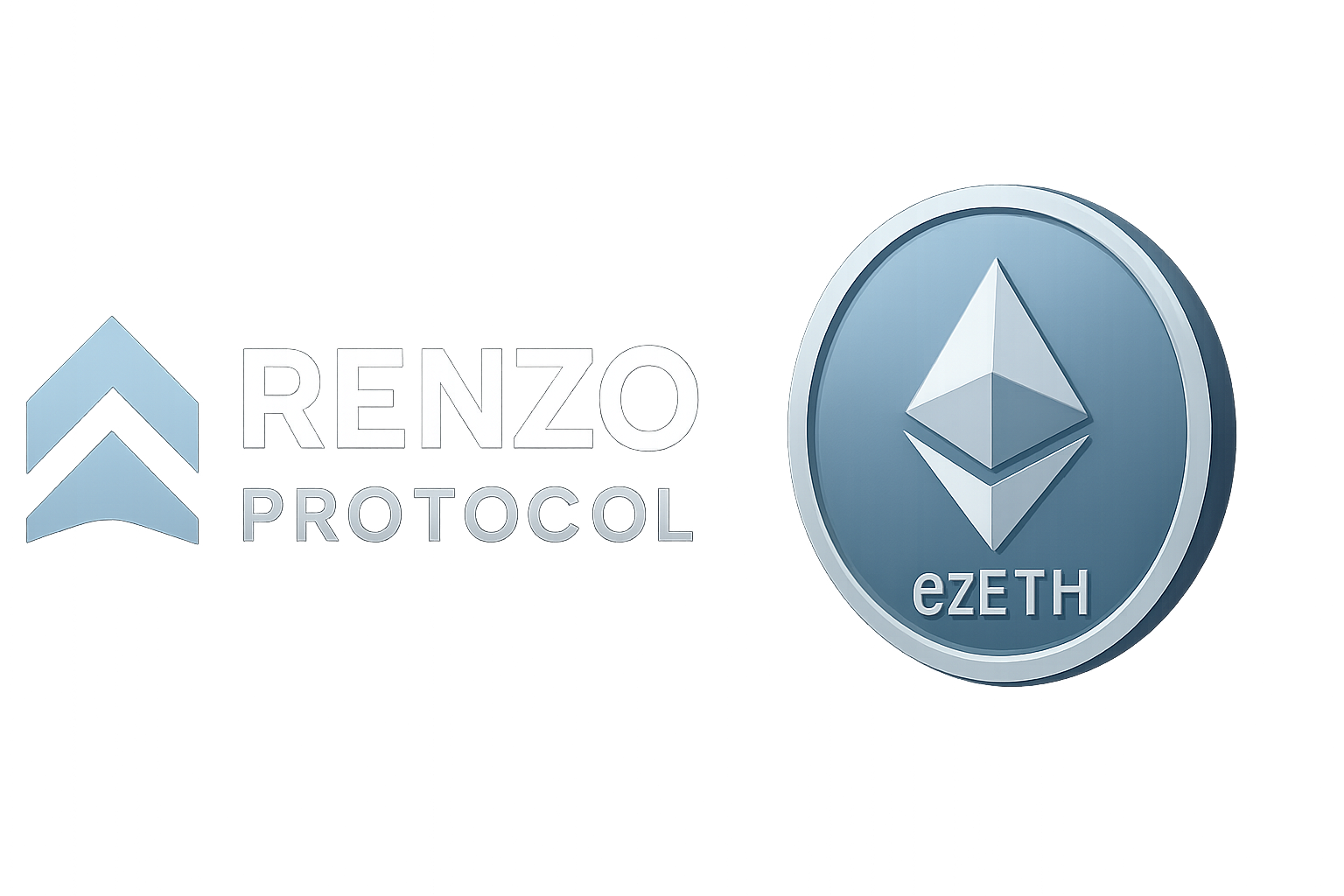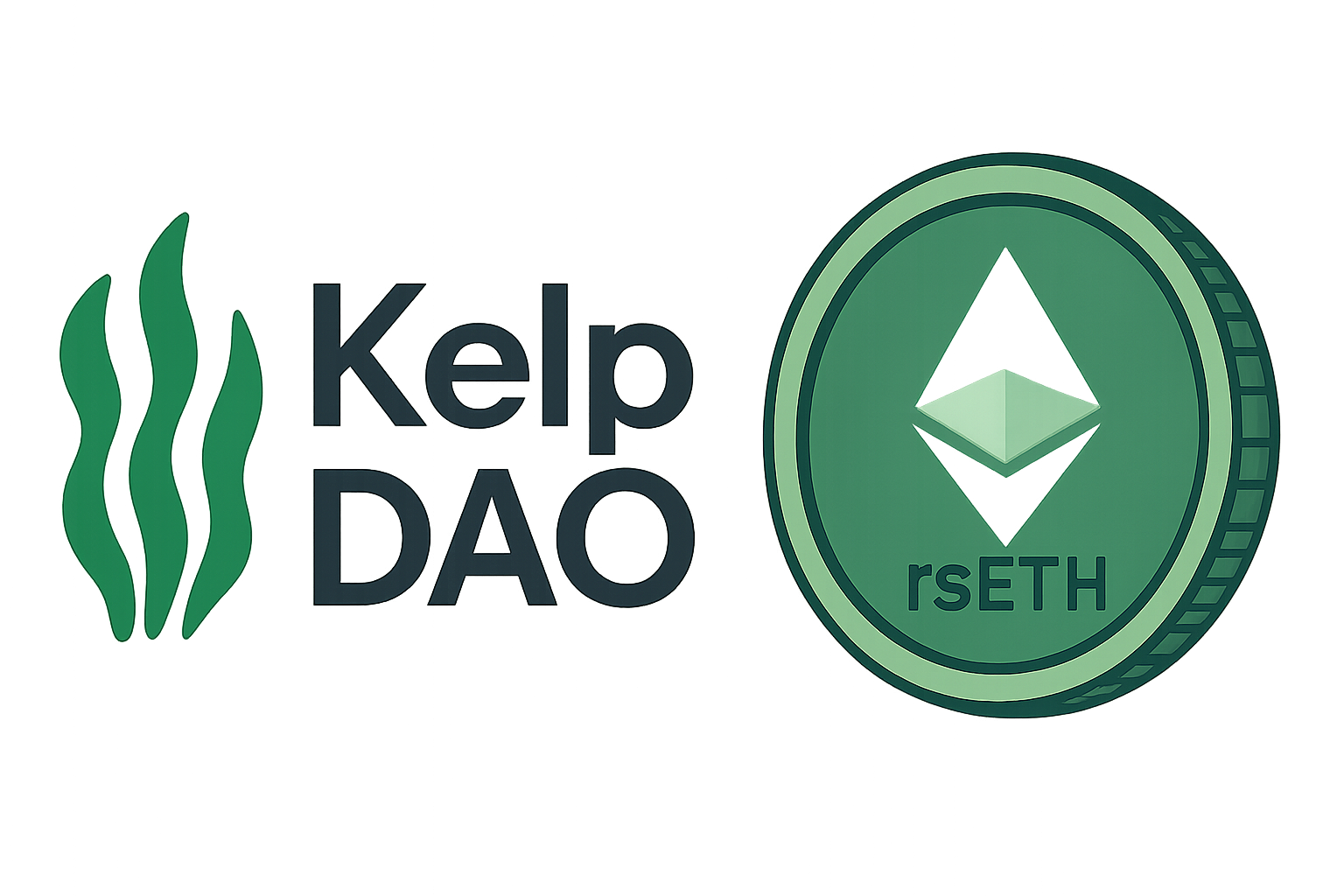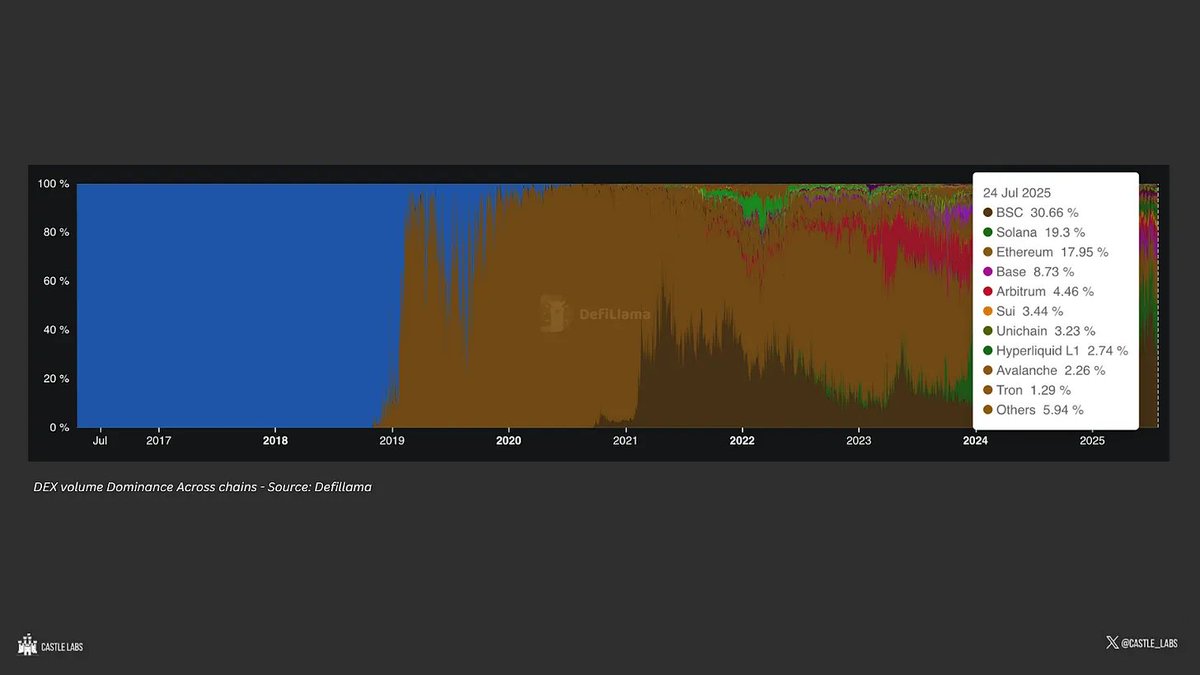
Liquid Restaking Tokens (LRTs) are rapidly reshaping the landscape of Ethereum staking, offering a new paradigm for capital efficiency and composable yield strategies. As of October 2025, Ethereum trades at $3,871.21, and the appetite for maximizing returns on staked ETH has never been stronger. At the heart of this transformation lies EigenLayer, a protocol that enables users to restake their ETH or Liquid Staking Tokens (LSTs), securing not just Ethereum but a suite of Actively Validated Services (AVSs). LRTs are the tradable proof of these restaked positions, unlocking both liquidity and multi-layered rewards across DeFi.
How LRTs Unlock Layered Yield and DeFi Composability
LRTs such as eETH from Ether. fi, ezETH from Renzo Protocol, and rsETH from Kelp DAO represent a claim on restaked ETH plus all accrued rewards. This structure allows users to earn base Ethereum staking yields as well as additional incentives distributed by AVSs secured through EigenLayer. The key innovation is that these tokens remain liquid: holders can deploy them in a range of DeFi protocols, borrowing, lending, or providing liquidity, without waiting for unbonding periods or sacrificing their underlying yield streams.
This composability is what sets LRTs apart from traditional staking or even first-generation Liquid Staking Tokens (LSTs). Instead of being locked into one source of return, stakers can now stack rewards from multiple protocols while retaining optionality over their assets. For example, a user depositing ETH into Ether. fi receives eETH, which can then be used as collateral in lending protocols or paired in liquidity pools, all while continuing to accrue both staking and restaking yields.
Meet the Top Three Liquid Restaking Protocols on EigenLayer
Top 3 Liquid Restaking Protocols on EigenLayer
-

Ether.fi: A leading decentralized liquid restaking protocol, Ether.fi issues eETH, an LRT that allows users to restake ETH and earn both Ethereum staking rewards and additional yields from EigenLayer’s AVSs. Ether.fi’s eETH is widely integrated across DeFi, enabling users to compound returns and maintain liquidity while participating in multiple protocols. As of October 2025, Ether.fi is a major driver of capital efficiency in the EigenLayer ecosystem.
-

Renzo Protocol: Renzo issues ezETH, a liquid restaking token representing restaked ETH on EigenLayer. Renzo’s protocol is designed for seamless user experience, offering easy onboarding and integration with DeFi applications. ezETH holders benefit from Ethereum staking rewards plus extra yield from securing AVSs, making Renzo a popular choice for maximizing returns while retaining asset flexibility.
-

Kelp DAO: Kelp DAO provides rsETH, a liquid restaking token that enables users to restake their ETH or LSTs and access diversified yield streams. Kelp DAO is recognized for its focus on DeFi composability and risk management, allowing users to earn rewards from both Ethereum consensus and EigenLayer AVSs, while maintaining liquidity for further DeFi strategies.
Let’s examine how three standout protocols provides Ether. fi, Renzo Protocol, and Kelp DAO: are pioneering this new model:
- Ether. fi: Known for its non-custodial approach to staking, Ether. fi issues eETH when users deposit ETH. This token is fully compatible with major DeFi platforms and remains liquid while accruing dual yields from Ethereum consensus and AVSs via EigenLayer integration.
- Renzo Protocol: Renzo’s ezETH offers seamless entry to restaking strategies. By abstracting away technical complexity, Renzo enables broader participation in EigenLayer’s security marketplace while maximizing capital efficiency for its users.
- Kelp DAO: Focused on community-driven governance and transparent operations, Kelp DAO’s rsETH provides exposure to diversified AVS rewards while maintaining full liquidity across the DeFi ecosystem.
The combined total value locked (TVL) in these protocols now exceeds $1.5 billion, a testament to their growing role in shaping next-generation Ethereum yield strategies.
Navigating Risks: Slashing Events and Liquidity Fragmentation
The promise of higher returns comes with new considerations. While LRTs maintain asset flexibility and open up advanced composability across DeFi applications, they also introduce risks such as potential slashing penalties if underlying validators misbehave or AVS integrations experience failures. Additionally, rapid growth has led to some degree of liquidity fragmentation among different LRT assets, a factor that can impact exit strategies during volatile market conditions.
This evolving risk profile means that participants must stay informed about protocol-specific mechanisms for slashing mitigation and monitor the depth of secondary markets before engaging in complex yield stacking strategies. For more on layered yield opportunities with LRTs on EigenLayer, see this guide.
Ethereum (ETH) Price Prediction 2026-2031
Incorporating the Impact of Liquid Restaking Tokens (LRTs) and EigenLayer on Yield Strategies
| Year | Minimum Price | Average Price | Maximum Price | YoY % Change (Avg) | Key Scenario |
|---|---|---|---|---|---|
| 2026 | $3,300 | $4,100 | $5,200 | +6% | LRT adoption accelerates, but volatility from DeFi risks |
| 2027 | $3,700 | $4,700 | $6,100 | +15% | Mainstream DeFi integration, regulatory clarity, higher yields |
| 2028 | $4,200 | $5,500 | $7,500 | +17% | Broader institutional adoption, AVS expansion, competitive L1 pressure |
| 2029 | $4,800 | $6,400 | $8,900 | +16% | EigenLayer dominance, but risk of protocol exploits |
| 2030 | $5,500 | $7,300 | $10,200 | +14% | ETH as DeFi backbone, technology upgrades |
| 2031 | $6,200 | $8,200 | $11,800 | +12% | Matured staking ecosystem, macro adoption |
Price Prediction Summary
Ethereum’s price outlook remains positive over the next six years, with LRTs and EigenLayer driving new yield opportunities and capital efficiency. While the average price is projected to grow from $4,100 in 2026 to $8,200 by 2031, the minimum and maximum ranges reflect both the upside of institutional adoption and the risks associated with protocol complexity and evolving regulation. The integration of LRTs into DeFi could position ETH as the backbone asset of Web3, but investors should remain aware of potential volatility and security risks.
Key Factors Affecting Ethereum Price
- Growth and adoption of Liquid Restaking Tokens (LRTs) and EigenLayer
- Expansion of DeFi and actively validated services (AVSs) leveraging ETH
- Potential for regulatory clarity or new restrictions on staking and DeFi
- Technological upgrades (e.g., Ethereum scaling, security improvements)
- Market cycles, macroeconomic trends, and competition from other smart contract platforms
- Risks of slashing, protocol exploits, and liquidity fragmentation in restaking protocols
Disclaimer: Cryptocurrency price predictions are speculative and based on current market analysis.
Actual prices may vary significantly due to market volatility, regulatory changes, and other factors.
Always do your own research before making investment decisions.
The Road Ahead for Restaking Yield Strategies
LRT adoption is expected to accelerate as more AVSs launch on EigenLayer and DeFi platforms expand support for these assets. The interplay between increased liquidity, sophisticated risk management tools, and dynamic reward structures will continue to define best practices for stakers seeking sustainable returns above core ETH staking yields.
Protocols like Ether. fi, Renzo Protocol, and Kelp DAO are not just enhancing yield opportunities, they’re actively redefining what it means to participate in Ethereum’s security and DeFi ecosystems. The ability to restake ETH and instantly receive a liquid token that can be used elsewhere is a powerful unlock for both individual and institutional participants. As DeFi composability deepens, these LRTs are becoming core building blocks for advanced strategies, from leveraged staking to cross-protocol liquidity mining.

Yet, as the LRT sector matures, the challenge will be balancing innovation with robust risk controls. Protocols are already experimenting with mechanisms such as insurance funds, dynamic slashing protection, and improved transparency into validator performance. For users, due diligence is paramount: understanding how each protocol sources yield, manages AVS integrations, and handles adverse events is critical for capital preservation. The growing sophistication of these protocols is matched by the need for stakers to remain vigilant and informed.
Liquidity fragmentation is another area drawing increased attention. With multiple LRTs vying for dominance, secondary market depth can vary, especially during periods of heightened volatility. Users should monitor on-chain liquidity, slippage metrics, and available exit ramps for each token. Some protocols are collaborating to create unified liquidity pools and cross-LRT swap mechanisms, aiming to smooth out fragmentation and improve capital efficiency across the ecosystem.
Despite these challenges, the overall trajectory for LRTs on EigenLayer is bullish. As of October 2025, with Ethereum trading at $3,871.21, the drive to maximize yield while retaining flexibility is stronger than ever. The rise of AVSs and the continued evolution of restaking protocols suggest that LRTs will play a central role in Ethereum’s next phase of growth. For a deeper dive into how LRTs like eETH and rsETH are transforming DeFi utility, explore this detailed analysis.
“The composability and liquidity of LRTs are game-changers for Ethereum stakers. We’re seeing a new class of strategies emerge that simply weren’t possible before EigenLayer. ”
As always, the key to successful participation lies in ongoing education. Engage with protocol documentation, join governance discussions, and monitor real-time data feeds to stay ahead in this rapidly shifting landscape. Whether you’re an early adopter or just exploring restaking for the first time, the convergence of EigenLayer and LRTs offers a compelling frontier for yield generation and DeFi innovation.






